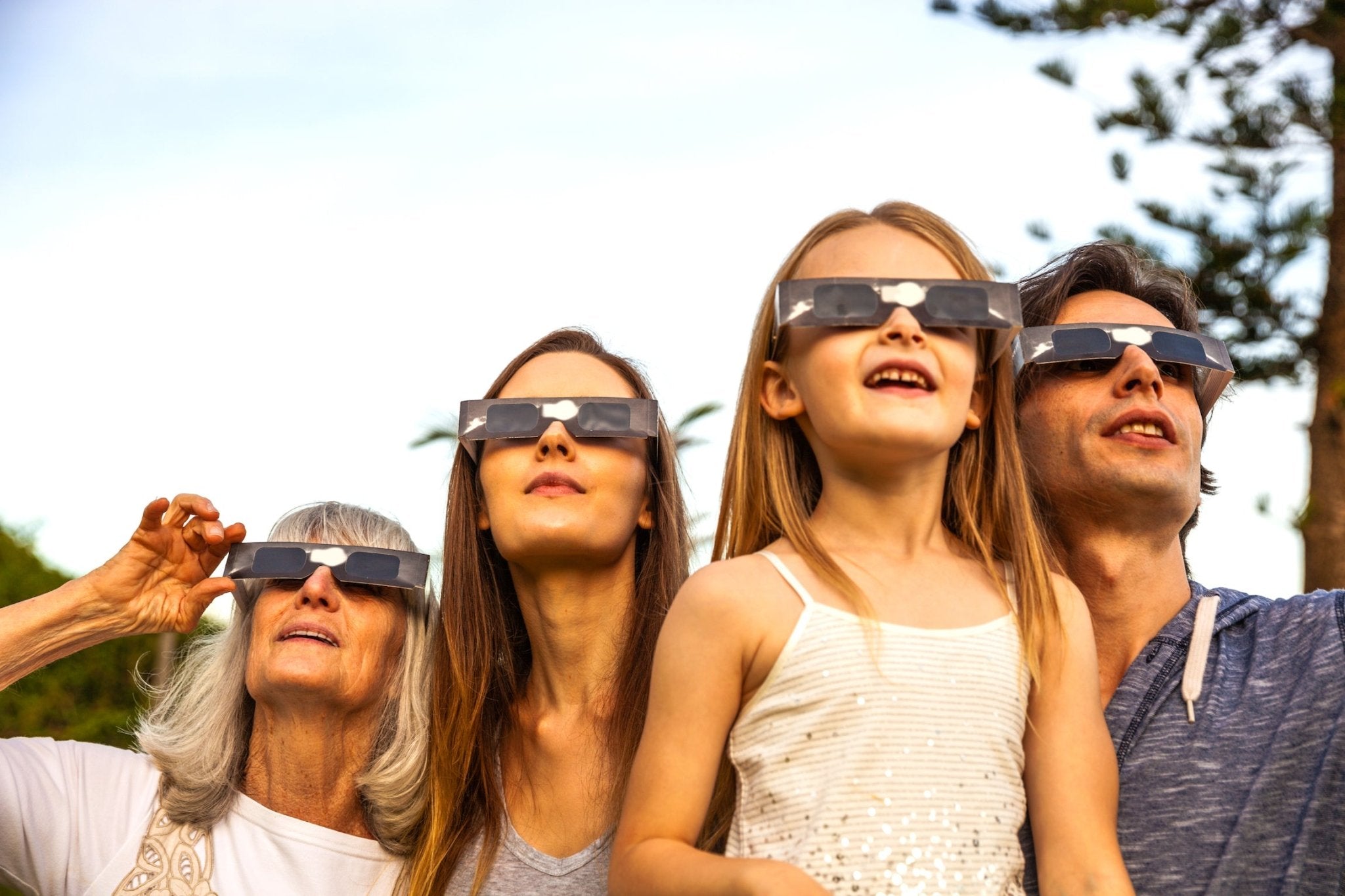Introduction
A solar eclipse is a phenomenal celestial event that fascinates many. However, the awe-inspiring sight of the moon passing in front of the sun comes with significant risks to our eyesight if observed without proper precautions. This article aims to provide comprehensive guidance on how to safely view a solar eclipse, understanding the risks involved, and measures to protect your eyes.
Understanding the Risk
The sun emits intense ultraviolet (UV) radiation that can cause severe eye damage. During a solar eclipse, the reduced light prompts the pupils to dilate, allowing more harmful rays to enter the eye. Prolonged exposure to these rays can lead to "solar retinopathy," a type of eye damage that can result in temporary or even permanent vision loss.
Importance of Proper Eye Protection
1. Solar Filters and Eclipse Glasses: Standard sunglasses, even very dark ones, are not sufficient to protect your eyes during an eclipse. Special-purpose solar filters or eclipse glasses must be used. These filters are designed to block harmful UV and infrared radiation.
2. Certification and Standards: Ensure that the solar filters or eclipse glasses adhere to the international safety standard ISO 12312-2 for direct observation of the sun. Check for any damages, scratches, or punctures before use.
Safe Methods to View a Solar Eclipse
1. Pinhole Projectors: This simple and safe method involves projecting the image of the sun through a pinhole onto a flat surface. It allows you to view the eclipse indirectly.
2. Telescope with Solar Filter: A telescope equipped with a solar filter can be used for a close-up view of the eclipse. Ensure the filter is mounted on the front of the telescope.
3. Live Streams and Broadcasts: Viewing the eclipse through live streams or television broadcasts is a safe and convenient option.
Guidelines for Safe Viewing
1. Never Look Directly at the Sun: Even during an eclipse, looking directly at the sun can cause irreversible damage to your eyes.
2. Supervise Children: Children are especially curious about eclipses, so it's crucial to supervise them and ensure they use eye protection correctly.
3. Be Aware of Timing: The only safe time to view a solar eclipse without protection is during the brief phase of totality when the sun is completely covered by the moon. This is only applicable during a total solar eclipse and lasts only a few minutes.
What to Do in Case of Discomfort or Injury
If you experience discomfort or visual disturbances after viewing a solar eclipse, seek immediate medical attention. Symptoms like loss of vision, distorted vision, or altered color perception warrant an urgent visit to an eye specialist.
Conclusion
Viewing a solar eclipse is a thrilling experience, but it's imperative to prioritize eye safety. By following these guidelines and using appropriate eye protection, you can enjoy the spectacle without risking your vision.



Share:
Moon's Perigee Explained
How Did Lake Bonneville Form?